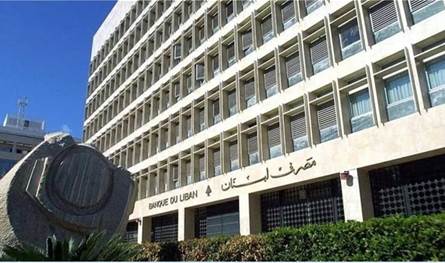The deposit response is possible with everyone’s contribution

Sabine Owais wrote in “Al -Nahar”: Attention is focused on the financial merit of the priority of the completion of the financial gap law, in a way that sustains the path to implementing the state’s commitment to its executive and legislative authority to return deposits to its owners. Accordingly, work is currently underway to put the project’s draft amid variations regarding some approaches related to liquidity insurance mechanisms and the state’s share that seeks to reduce it and download the largest part of mechanisms that the central bank places in addition to the contribution of banks that deal with the proposals with great caution and reluctantly grabs them.
The ruler Karim Saeed is dealing with the issue out of the powers entrusted to the central bank and is based on the consultative role. Accordingly, setting his observations according to the approach in which he supports the framework of the law, through four basic pillars, for which a road map for addressing the gap and deposits is formed. The first pillars related to the correction of the central budget of approximately $ 83 billion of obligations to banks and depositors, compared to about 50 billion maximum levels of assets. This means that there are 34 billion that must be canceled from illegal claims such as unknown deposits or the funds of politically exposed to the illegal transfers after the crisis or funds resulting from excessive benefits. The “cleaning” of the central budget of this funds will lead to its exit from the financial solvency crisis to the most important challenge in the securing of the payable liquidity and its value is 50 billion dollars.
As for the second pillar, it relates to the seizure of deposits, so that the central suggests dividing the depositors into three: deposits below the 100 thousand dollars, and they make up 84.8 percent of the total depositors, from 101 to one million dollars, and they make up 14 percent, and over a million 2 percent. The plan aims to pay up to 100 thousand dollars and a million cash over 4 to 6 years, while the balances that exceed a million are settled through the papers supported by the assets issued by the central, which will be supported by gold, real estate assets and the holdings of companies and precautions, provided that their benefits range from 10 to 20 years.
As for the third pillar, it relates to the distribution of financial burdens, which is the essence of the crisis, as the central notes suggest that the burdens shared both the state, the central and banks, and the central contribution rate is expected to be about 40 percent due to its relative ability, provided that the state and banks will bear the rest. While banks appear hesitating, the state seeks to remove the burden of contributing to its shoulders by not recognizing its debt of $ 16.5 billion, encouraged by the IMF, as the two sides seek to reduce the volume of the country’s financial burden to show the level of ability to bear the debts more acceptable to the fund. This issue will constitute the most dangerous point of friction with the country that uses the fund as an excuse to retract its commitment, knowing that the state fails to pay its obligations will lead to the inability of the central bank to finance the deposit recovery plan alone, and it will give the excuses to continue to evade the responsibility of its responsibility and refrain from pumping any new money to restore the capitalization and the response of deposits. This matter leads to the last pillar of the central bank, related The legal aspect and the required legal and executive measures, where the government must rely on the principle of the economic public order based on the fact that “the welfare of the people is the supreme law.” It permits the issuance of exceptional laws with a retroactive effect to clean the budgets from illegal claims in proportion to the public interest, and such measures are considered a necessary legal document to regulate the public budget and provide an opportunity for the response of deposits.
The Central start from this approach from its budget between the reality of the financial situation and social responsibility in order to restore the financial solvency, protect the largest part of the depositors and ensure the fair distribution of responsibilities.
The post The deposit response is possible with everyone’s contribution appeared first on 961 tobay Lebanon today.















